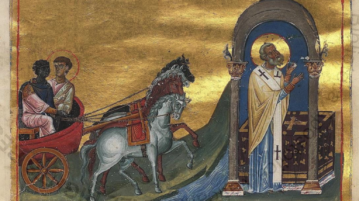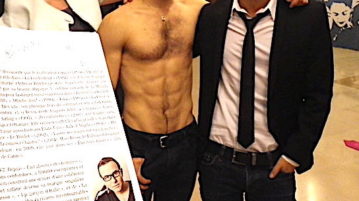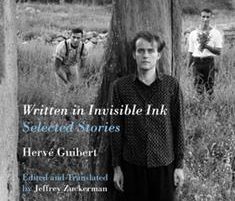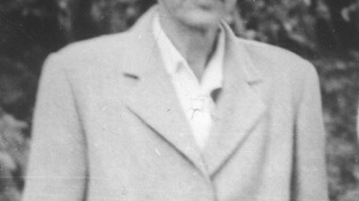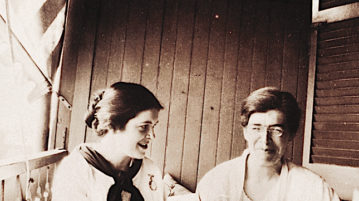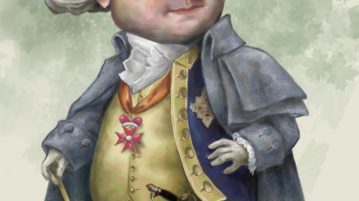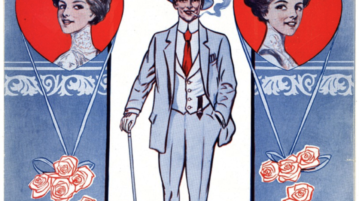
The Company of ‘Whoops, M’dear’
According to the Oxford English Dictionary, “whoops,” with its variant “Whoopsie Daisy!” is the exclamation uttered when a harmless accident occurs. The earliest citation it provides is a 1925 New Yorker caption to a Peter Arno cartoon. Arno’s first collection, Whoops, Dearie, came out two years later, when he created the Whoops Sisters. As described by the revue impresario Leonard Sillman, they were “short, squat, look-alike sisters with huge snub noses and puffy cheeks and the eyes of sad seals. They always dressed in black.” These late Victorian ladies, Pansy Smiff and Mrs Abagail Flusser, antiquated in their muffs and leg-o’-mutton sleeves, would engage in cheeky and inappropriate behavior (Figure 1).
More

